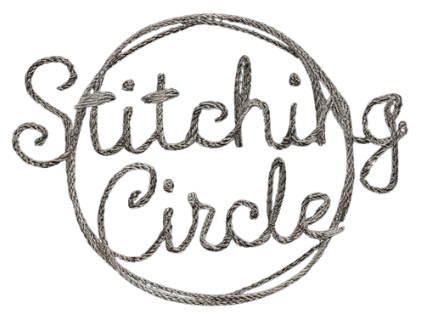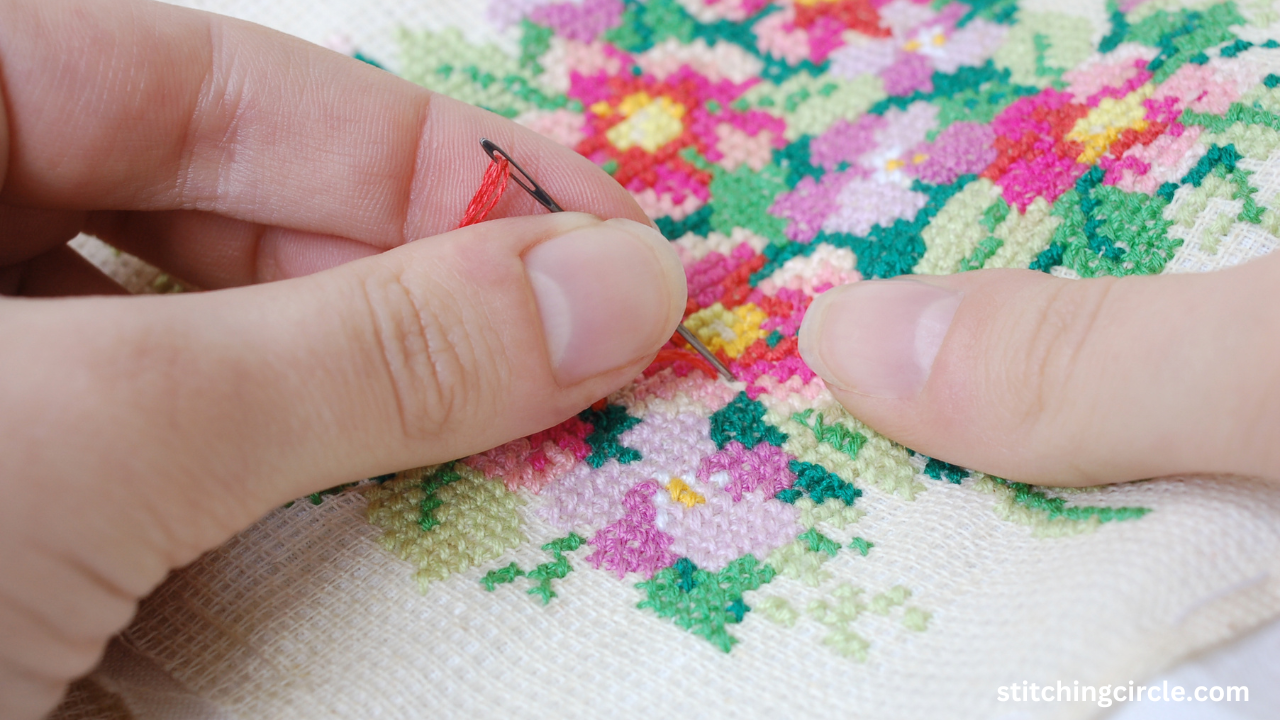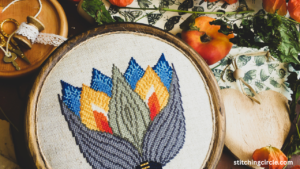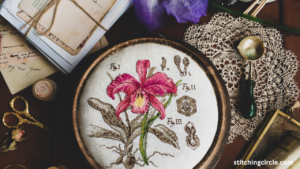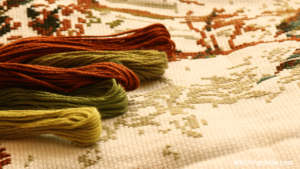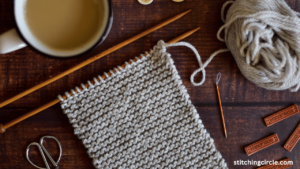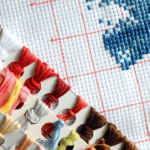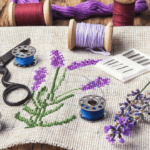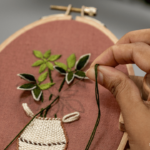Cross stitching is a beloved craft that allows individuals to create stunning pieces of art using needle and thread. However, once the final stitch has been completed, there is still one important step left – ironing and washing the finished piece.
Properly ironing and washing your finished cross stitch is essential to preserving your hard work for years to come. This step helps to remove wrinkles and creases, set the stitches in place, and give the piece a professional and polished look.
In this article, we will provide a comprehensive guide on ironing and washing your finished cross stitch. From choosing the right temperature setting on your iron to selecting the appropriate cleaning method for your specific piece, we will cover all the tips and tricks you need to know to ensure that your finished cross stitch looks its best.
So, whether you are a seasoned cross stitcher or a novice looking to learn more about caring for your finished pieces, read on to discover the best practices for ironing and washing your completed cross stitch projects.
Creating a beautiful cross-stitch project takes time, patience, and skill. Once you’ve completed your masterpiece, it’s essential to know the proper techniques for ironing, washing, and caring for your finished cross-stitch. In this guide, we will explore the best practices for ensuring your cross-stitch projects look their best for years to come.
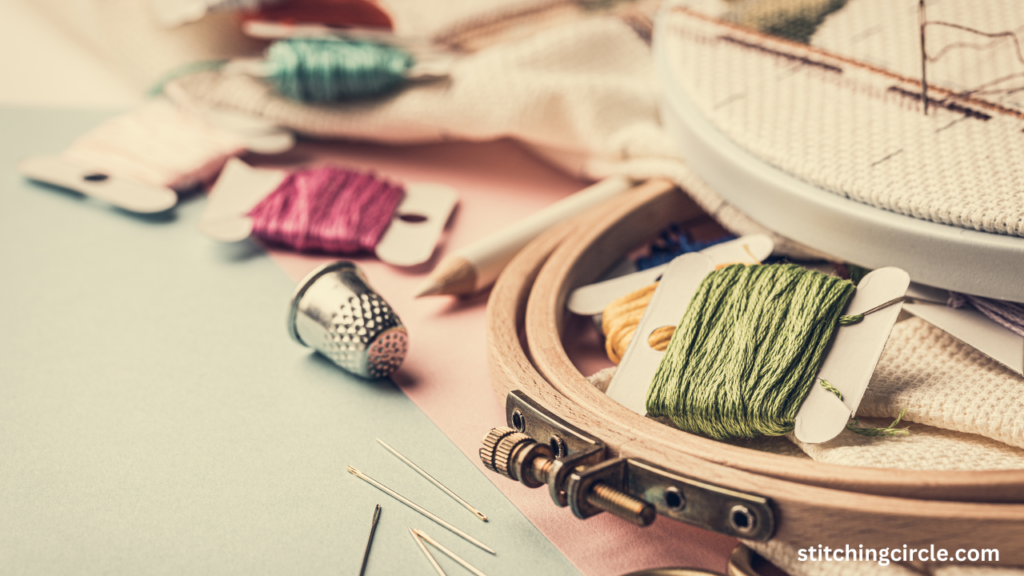
Contents
- 1 How to Iron Your Finished Cross Stitch
- 2 Washing Your Cross Stitch
- 3 Preparing Your Cross Stitch for Framing
- 4 Caring for Your Finished Cross Stitch
- 5 Common Mistakes When Washing and Ironing Cross Stitch
- 6 Conclusion
- 7 FAQs
- 8 Q: Can I put my finished cross stitch project in the washing machine?
- 9 Q: How should I iron my cross stitch project?
- 10 Q: Should I use a cloth between the iron and my cross stitch project?
- 11 Q: What type of floss can I use for cross stitch projects?
- 12 Q: Can I iron over the stitches directly?
- 13 Q: How do I straighten out any wrinkles in my finished cross stitch project?
- 14 Q: Where can I find free cross stitch patterns to use for my projects?
- 15 Q: What are some key moments to remember when washing or ironing cross stitch projects?
How to Iron Your Finished Cross Stitch
Ironing your finished cross stitch is a critical step in the finishing process. Proper ironing techniques can make your project look professional and polished. When ironing delicate cross stitch pieces, it’s essential to use a low-heat setting and avoid pressing too hard on the fabric to prevent damage.
Proper Ironing Techniques for Cross Stitch
When ironing your cross stitch, place a towel over your finished piece to protect the stitches. Gently press the iron over the towel, moving it in a circular motion to smooth out any wrinkles. Avoid using steam as it can distort the fabric and stitches. Always keep the iron moving to prevent any creases from setting in.
Using a Towel to Protect Your Stitching
By placing a thin towel underneath the cross stitch, you prevent the stitches from getting flattened or damaged by direct contact with the iron. This simple yet effective method helps maintain the integrity of your stitching throughout the ironing process.
Preventing Wrinkles and Creases
To ensure a wrinkle-free finish, use a warm iron on the reverse side of the fabric to smooth out any creases. Take care not to press too hard, especially on intricate areas of your design. By following these steps, you can preserve the beauty of your finished cross stitch.
Washing Your Cross Stitch
After ironing, washing your cross stitch is another crucial step in the finishing process. Choosing the right fabric for washing is essential to prevent damage to your stitches. With the right techniques, you can ensure that your cross stitch maintains its vibrant colors and overall appearance.
Choosing the Right Fabric for Washing
Opt for gentle fabrics like cotton or linen when washing your cross stitch. These materials are less likely to bleed or distort when exposed to water. Avoid using harsh chemicals and opt for mild dish soap to gently clean your finished piece.
Step-by-Step Washing Tutorial
When washing your cross stitch, use lukewarm water and a small amount of gentle detergent. Gently agitate the fabric to remove any dirt or stains, being careful not to rub too vigorously. Rinse the piece thoroughly to ensure all soap residue is removed.
Drying Your Finished Cross Stitch
To dry your finished cross stitch, lay it flat on a clean towel and gently press out any excess water. Avoid wringing or twisting the fabric, as this can damage the stitches. Allow your piece to air dry completely before moving on to the next steps in the finishing process.
Preparing Your Cross Stitch for Framing
Once your cross stitch is dry, it’s time to prepare it for framing. Using an iron to flatten the fabric can help remove any remaining wrinkles and ensure a smooth finish. Mounting your stitch on a frame or hoop gives it structure and stability, making it ready for display.
Using an Iron to Flatten the Fabric
Run a warm iron over the back of your cross stitch to smooth out any stubborn wrinkles. Be sure to set your iron to the appropriate heat setting for the fabric to avoid damage. By gently pressing the iron over the fabric, you can achieve a professional-looking finish.
Mounting Your Stitch on a Frame or Hoop
Secure your finished cross stitch on a frame or hoop to maintain its shape and prevent distortion. This step is crucial for ensuring that your piece looks its best when displayed. Make sure to adjust the tension of the fabric to eliminate any sagging or puckering.
Final Touches to Make It Ready for Framing
Once your cross stitch is mounted, make any final adjustments to ensure it is ready for framing. Trim any excess fabric and thread, and inspect the piece for any loose stitches or flaws. With these finishing touches, your cross stitch will be ready to showcase in its frame.
Caring for Your Finished Cross Stitch
Proper care and maintenance are essential for preserving the beauty of your finished cross stitch. Storing your stitch in a safe place, protecting the thread and fabric, and following everyday maintenance tips can help prolong the life of your project.
Storing Your Stitch in a Safe Place
Avoid exposure to direct sunlight and moisture when storing your finished cross stitch. Choose a cool, dry place to prevent fading and mold growth. Consider storing your piece in a protective sleeve or frame to shield it from dust and debris.
Protecting the Thread and Fabric
To protect the thread and fabric of your cross stitch, avoid handling the piece with dirty or oily hands. Natural oils and stains can transfer to the fabric, causing discoloration over time. Wash your hands before working on or handling your cross stitch to maintain its pristine condition.
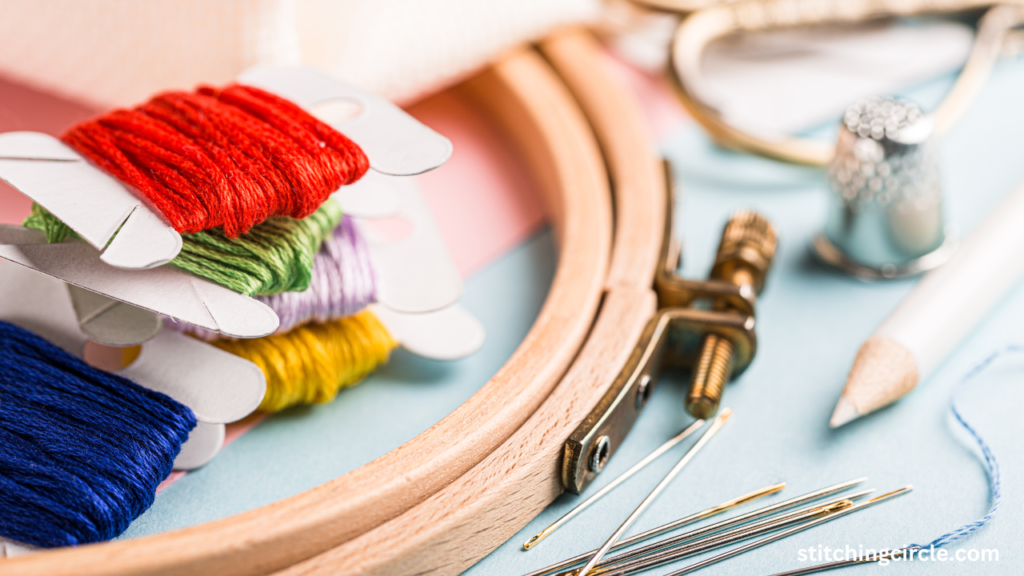
Tips for Everyday Maintenance
Regularly inspect your cross stitch for any signs of damage or wear. If you notice any loose threads or unraveled stitches, make repairs promptly to prevent further unraveling. By staying vigilant with maintenance, you can enjoy your cross stitch for years to come.
Common Mistakes When Washing and Ironing Cross Stitch
While washing and ironing your cross stitch, it’s important to be aware of common mistakes that can damage your project. Avoiding water damage, preventing color bleeding, and ensuring proper drying techniques can help maintain the quality of your finished piece.
Avoiding Water Damage to Your Project
Excessive exposure to water can weaken the fabric and threads of your cross stitch. Be mindful of the washing duration and avoid soaking your piece for extended periods. Pat dry the fabric instead of rubbing it to prevent stretching or distortion.
Preventing Color Bleeding in Your Stitch
To prevent color bleeding, test the fabric and threads for colorfastness before washing. If using hand-dyed fabrics or specialty threads, take extra care to ensure that the colors do not run when exposed to water. Use mild detergents and lukewarm water to minimize the risk of bleeding.
Ensuring Proper Drying Techniques
Proper drying is crucial to prevent mold growth and fabric damage. Avoid drying your cross stitch in direct sunlight, as prolonged exposure can fade the colors. Lay the piece flat on a clean towel and allow it to air dry naturally to maintain its integrity.
Conclusion
In conclusion, it is essential to iron and wash your final cross stitch piece in the appropriate manner in order to maintain its quality and beauty. If you choose to adhere to the advice presented in this tutorial, you will be able to guarantee that your cross stitch will continue to be clean, crisp, and ready for use or exhibition.
Keep in mind that delicate stitches should be washed and ironed using gentle approaches, light detergents, and low heat. This will prevent the stitches from becoming damaged. If you pay close attention to the details and exercise some patience, you will be able to take pleasure in your cross stitch that has been finished wonderfully in the future.
Consequently, if you take the time to care for your handiwork, it will continue to bring you and others who enjoy the art of cross stitching a sense of delight and admiration.
FAQs
Q: Can I put my finished cross stitch project in the washing machine?
A: It is recommended to hand wash your finished cross stitch project to avoid any damage that may occur in a washing machine. Submerge the piece in lukewarm water with mild detergent and gently agitate. Rinse and lay flat to dry.
Q: How should I iron my cross stitch project?
A: Place your project face down on a clean towel on your ironing board. Use a low heat setting and press lightly, moving the iron at all times. Avoid using the steam setting to prevent any water damage to the fabric.
Q: Should I use a cloth between the iron and my cross stitch project?
A: Yes, it is recommended to place a cloth such as a hand towel between the iron and your project to protect the stitches from getting crushed or distorted.
Q: What type of floss can I use for cross stitch projects?
A: You can use a variety of floss for cross stitch, including standard cotton embroidery floss, wool threads, silk, and hand-dyed floss depending on your preference and the look you want to achieve.
Q: Can I iron over the stitches directly?
A: It is best to iron your finished cross stitch project on the reverse side to avoid flattening the stitches. Press lightly and use a cloth to protect the stitches.
Q: How do I straighten out any wrinkles in my finished cross stitch project?
A: To remove wrinkles, lightly dampen your project with a clean cloth and then press with an iron on a low heat setting. Ensure that the piece is completely dry before storing or framing.
Q: Where can I find free cross stitch patterns to use for my projects?
A: You can find a wide range of free cross stitch patterns online on websites like Pinterest, Notorious Needle, and DMC. You can also subscribe to newsletters from crafting stores like Michael’s to receive new patterns regularly.
Q: What are some key moments to remember when washing or ironing cross stitch projects?
A: Key moments to remember include avoiding high heat that can scorch your fabric, using a gentle detergent for washing, straightening out wrinkles before ironing, and using a cloth to protect the stitches during ironing.
